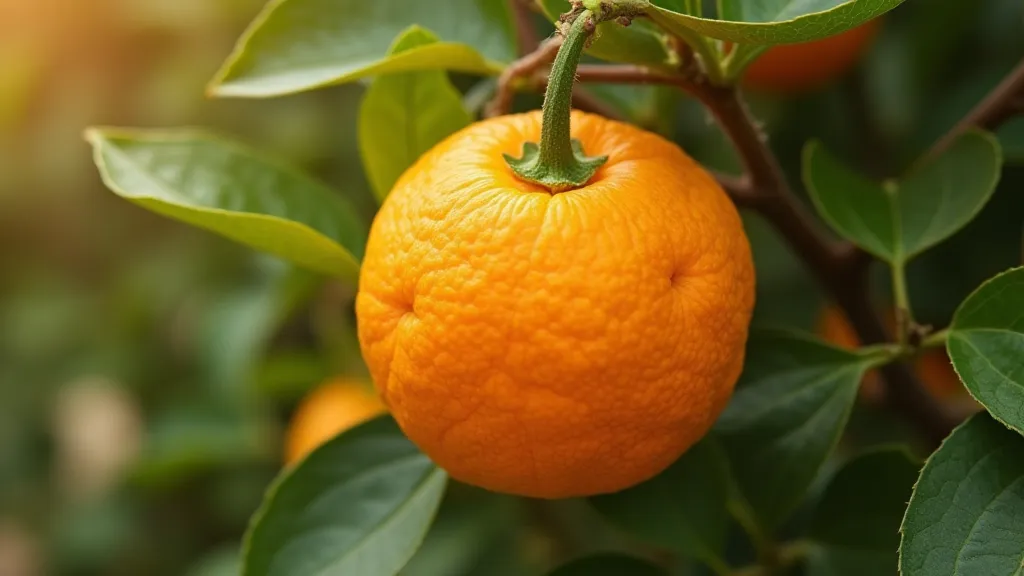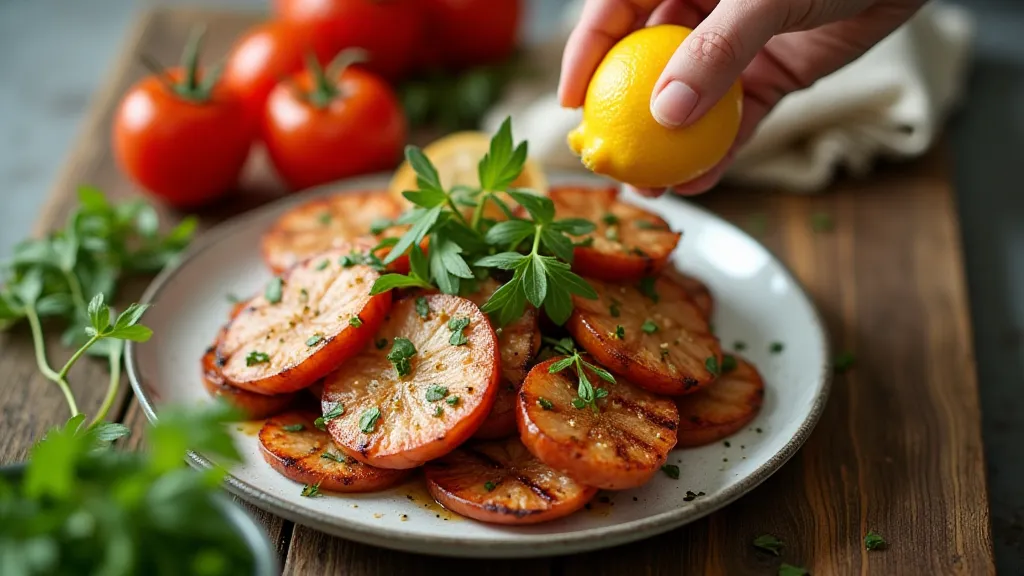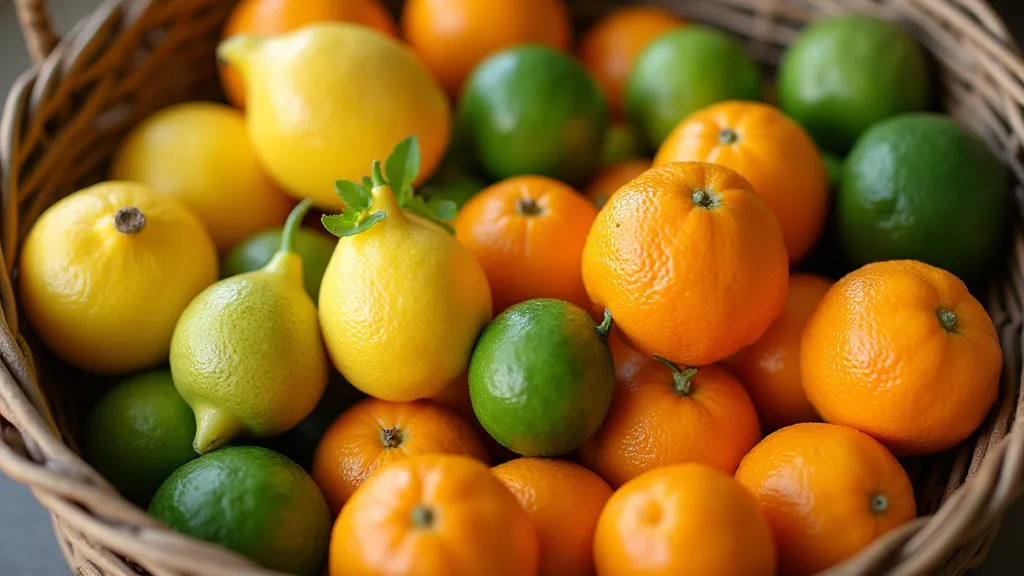Harvesting & Enjoying Your Homegrown Citrus
Bringing a dwarf citrus tree into your home is a rewarding experience, but the real joy comes from harvesting and savoring the delicious fruit you're able to grow indoors. Knowing when your citrus is ripe, and what to do with it afterward, can take your indoor gardening success to the next level. This guide will cover the tell-tale signs of ripeness for different citrus varieties and offer delightful ideas for using your homegrown bounty.
Knowing When Your Citrus is Ready
Unlike many vegetables, determining citrus ripeness isn’t always about size. Color is a factor, but it's more nuanced than simply waiting for a fruit to turn entirely orange or yellow. Each variety has its own ripeness indicators:
- Lemons: Lemons typically ripen from green to a pale yellow. Don't wait for them to turn completely yellow, as they can become overly acidic. A slightly softer feel when gently squeezed often indicates ripeness.
- Limes: Similar to lemons, limes transition from green to a lighter, yellowish-green. They're ripe when they feel slightly soft and fragrant.
- Oranges: Oranges usually deepen in color as they ripen. A deep, vibrant orange color is a good indication, but it’s even better to smell the fruit - a sweet, citrusy aroma signals ripeness.
- Kumquats: These unique fruits are often enjoyed skin and all! They ripen to a bright orange and have a sweet-tart flavor. They’re typically ripe when fully colored and slightly soft.
Important Note: Citrus fruit often doesn’t ripen further *after* being picked. Leaving them on the tree until they’re fully ripe ensures the best flavor and sweetness.

Harvesting Techniques
Carefully harvesting your fruit is important to avoid damaging the branches of your dwarf citrus tree. Here’s how to do it:
- Twist, Don't Pull: Gently twist the fruit until it releases from the branch. Avoid pulling, which can damage the tree.
- Use Clippers (Optional): For larger citrus, or if twisting proves difficult, use sharp, clean pruning shears to cut the stem just above the fruit.
- Handle with Care: Citrus fruit can bruise easily, so handle them gently.
Creative Ways to Enjoy Your Homegrown Citrus
Now for the best part - enjoying your hard-earned harvest! Here are some ideas for using your homegrown lemons, limes, oranges, and kumquats:
- Fresh Juicing: The most obvious, but undeniably delicious! Use the juice for lemonade, cocktails, or as a flavor boost for your favorite dishes.
- Zesting: Citrus zest adds incredible flavor to baked goods, sauces, and marinades.
- Preserving: Make candied citrus peel, marmalade, or citron to enjoy the taste of summer all year round.
- Kumquat Recipes: Don't peel those kumquats! They’re fantastic roasted, glazed, or made into a marmalade or chutney.
- Garnish: Add a slice of citrus to water or iced tea for a refreshing and visually appealing drink.

Storing Your Harvest
Proper storage will help extend the life of your citrus fruit. Here's how to keep them fresh:
- Room Temperature: Store citrus at room temperature for a week or so.
- Refrigeration: For longer storage, refrigerate citrus in a plastic bag. They’re best consumed within a few weeks of refrigeration.

Harvesting and enjoying your homegrown citrus is a truly satisfying part of indoor gardening. With a little care and attention, you can enjoy the taste of sunshine and a touch of the tropics, right in your own home!





